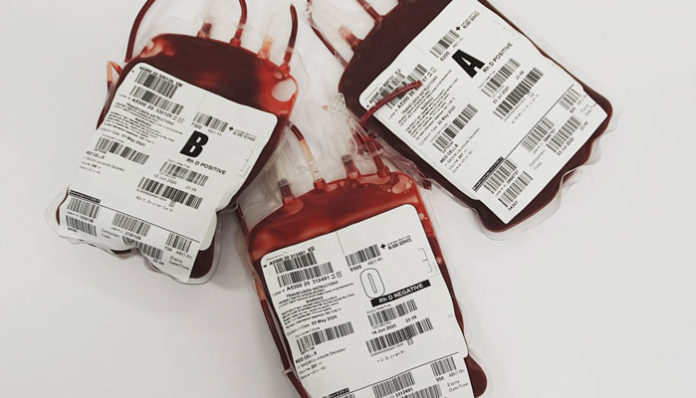A preliminary proposal for a new EU Regulation on blood, tissues, and cells (BTC) has been released by the European Commission (EC) in an effort to improve the safety and quality of substances of human origin (SoHO). With the exception of solid organs, the regulation will apply to all SoHO (such as blood, tissues, cells, breast milk, and microbiota).
Enhancing the protection of SoHO therapy recipients, donors, and offspring from medically assisted fertility treatment is one of the main goals of the plan. By facilitating the cross-border movement of these vital health products, the new regulation also seeks to address supply worries brought up by the COVID-19 pandemic. It also seeks to encourage the development of such therapies by establishing a uniform process for evaluating and authorising SoHO preparations and the establishment of the EU SoHO Platform.
The proposal is the outcome of a thorough review of the current EU regulations, which included input from a variety of BTC stakeholders and international organisations, including the European Directorate for the Quality of Medicines- EDQM of the Europe Council. The review uncovered some flaws, such as the fact that, in the almost 20 years since the regulations were first put into place, new infectious disease risks had emerged and that, despite the swift technological advancements for processing blood, tissues, and cells, the law had not kept up with these developments. Additionally, it was found that the legislation was being administered quite inconsistently across the EU and that contributors weren’t given a significant enough priority when it came to health protection.
The European Centre for Disease Prevention and Control (ECDC) and the EDQM of the Council of Europe are intended to be used by the Commission as expert bodies because of their technical standards and demonstrated knowledge. According to the EC, following the EDQM criteria will now serve as the primary method for meeting the EU quality and safety requirements for BTC.
The draught legislative proposal, in the words of the EC, lays the framework for a future-proof and robust legislative structure that will provide greater protection both for recipients and donors of BTC and enhance the already established, long-standing collaboration between both the EU and the Council of Europe/EDQM.
The Council and the European Parliament will now consider the idea. Following agreement and adoption of the final text, it will go into effect with a two-year transitional phase before the majority of the provisions take effect and a three-year term for some specific provisions. The 2002/98/EC Directive for blood and blood components and the 2004/23/EC Directive for tissues and cells, along with their implementing acts, will be replaced by the new Regulation.
Stella Kyriakides, the commissioner for health and food safety, said that annually, millions of citizens of the EU need either blood transfusions after surgery or maybe after an accident; bone marrow transplants to combat leukaemia; or cycles of IVF to become parents. These are but a few illustrations of how crucial these therapies are. They are an essential component of health systems across the EU, and the tougher regulations they are recommending now will guarantee that citizens can depend on the highest levels of product quality and safety, whether they need them for cancer treatment or urgent surgery. They now have yet another crucial component of the European Health Union after COVID-19 made it abundantly obvious how critical it is to have a robust health system.
According to the EC every year, SoHO serve as the foundation for many therapies that aim to improve and save lives:
- 25 million blood transfusions are given to EU patients undergoing surgery or trauma care.
- There are more than 36,000 stem cell transplants for blood malignancies.
- Life-creating treatments that helped 165,000 children be born through medically assisted reproduction.
- 14,500 corneal transplants to restore vision and 2,000 skin transplants to treat burn wounds and other ailments are examples of treatments that improve quality of life.























